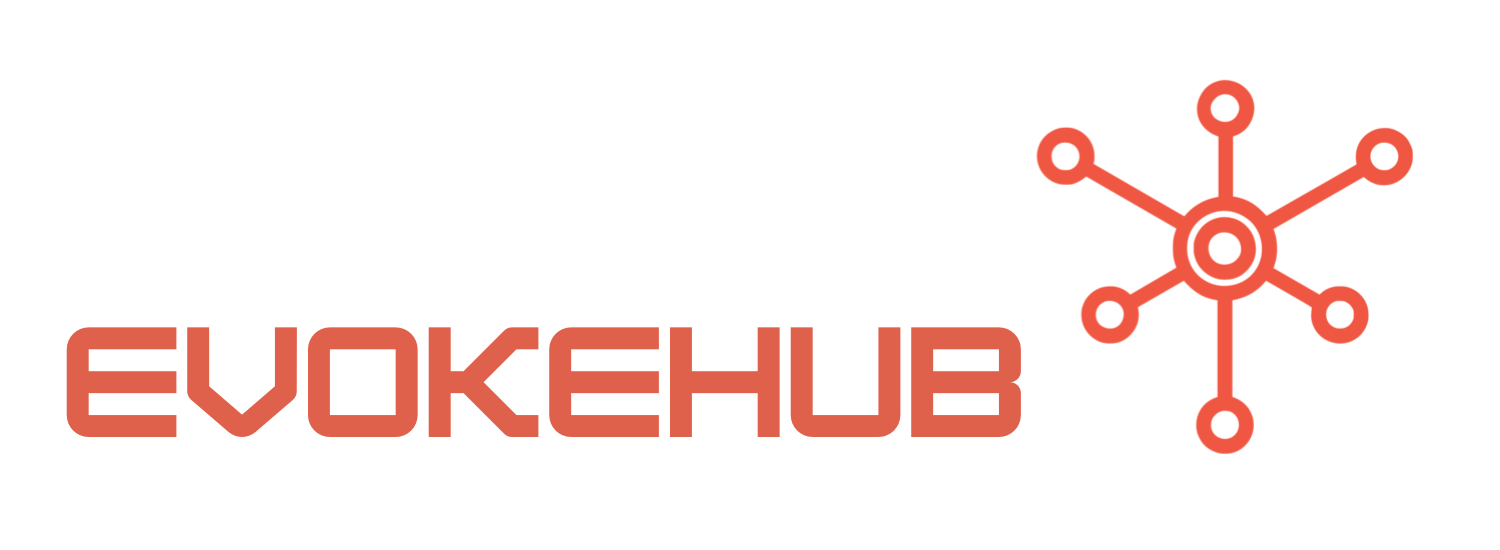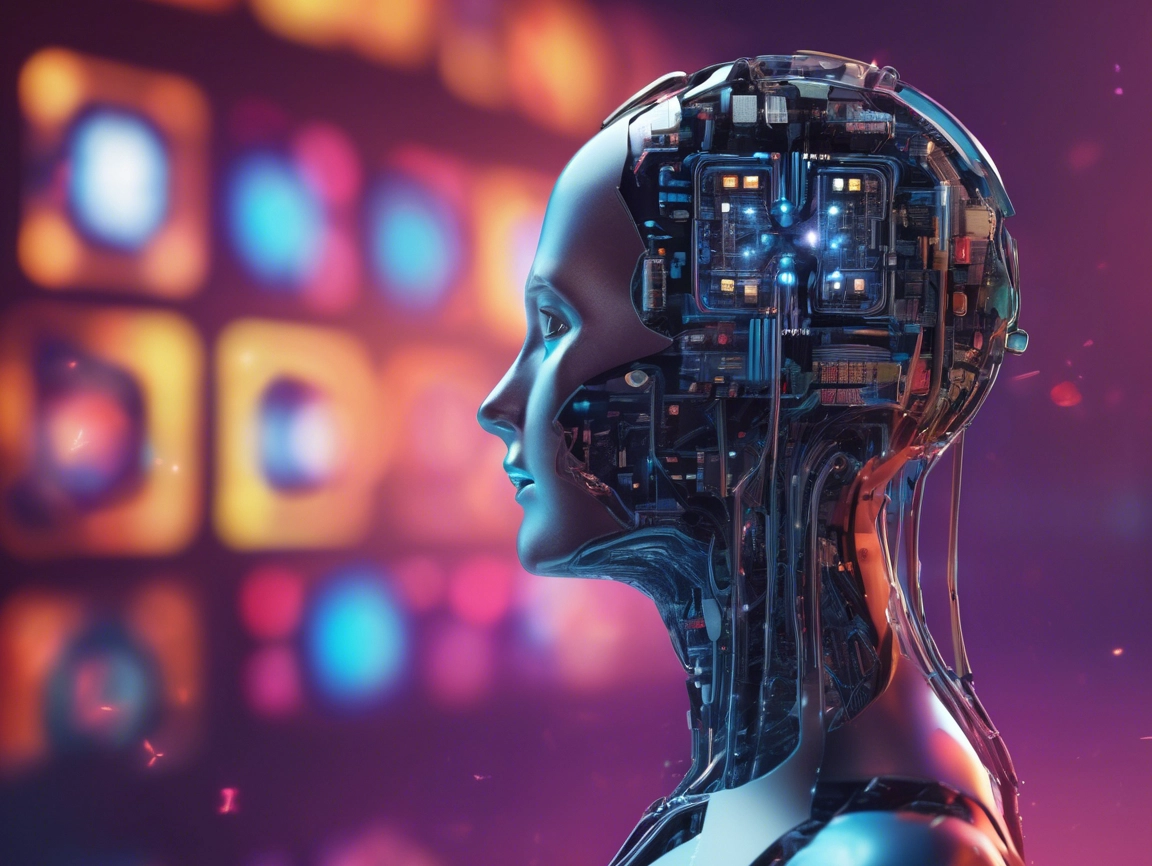Unleashing the Power of AI: Say Goodbye to App Bugs!
Artificial intelligence is revolutionizing the way we approach software testing and debugging. Traditionally, app developers relied on manual testing and user feedback to identify bugs, a process that is not only time-consuming but also prone to human error. Enter AI! With machine learning algorithms, AI can analyze vast amounts of code and user behavior data in record time. This means potential bugs can be detected before they reach the end-user, vastly reducing the chances of negative experiences. For more insights into how AI enhances quality assurance, check out TechCrunch’s article on AI in software development.
Furthermore, AI tools can learn from past bugs and their resolutions. This means that the more they are used, the smarter they become at predicting where issues might arise in new updates or features. Imagine a scenario where developers can not only fix existing bugs but also anticipate future ones based on historical data patterns. This proactive approach is changing the game for app stability, allowing for smoother, more reliable user experiences. Developers can now focus on innovation rather than being bogged down by overwhelming bug lists!
Moreover, AI is enhancing the collaboration between developers and QA teams. With intelligent automation, tools such as SonarQube and Test.ai provide real-time feedback, allowing teams to work in unison towards the same goal: a bug-free app. By streamlining communication and automating tedious tasks, AI enables developers to spend more time crafting delightful user experiences instead of troubleshooting issues. This change not only elevates productivity but also boosts morale among teams as they see tangible results in their work!
Supercharged Stability: AI’s Magic Touch for Smooth Apps!
When it comes to stability, AI doesn’t just stop at finding bugs; it also optimizes performance. By analyzing user interactions and app performance metrics, AI can identify areas of improvement that may lead to crashes or slowdowns. For instance, AI can detect patterns such as excessive memory usage or network call failures and suggest optimizations that help apps run smoother. This ensures a seamless experience that keeps users engaged and happy, which is crucial in today’s competitive app landscape. Discover more about app stability through App Annie.
AI-driven monitoring tools can also provide developers with instant alerts about any issues that arise post-launch. This means that if a user encounters a bug, the development team can receive a notification in real-time, allowing them to respond quickly and resolve the issue before it affects a large segment of their user base. These proactive measures foster a sense of trust and reliability between developers and users, emphasizing a commitment to quality that is increasingly sought after in the digital age.
Finally, the integration of AI in app development doesn’t just benefit developers; it also leads to enhanced user satisfaction. Users can enjoy apps that are not only functional but also optimized for performance, creating an environment where they feel valued and understood. With AI’s magic touch, users can experience fewer disruptions and improved features, making them more likely to engage with the app regularly. In this way, AI serves as a bridge between developers and users, ensuring that everyone benefits from a more stable, enjoyable application experience.
As we have seen, AI is truly supercharging app stability and enabling developers to tackle bugs with unprecedented efficiency. By embracing AI technologies, software developers can not only enhance the quality of their products but also foster positive relationships with their users. With AI’s ability to predict, analyze, and optimize, the future of app development looks brighter than ever. So let’s raise our glasses to the Bug Busters—our AI allies in the quest for flawless applications! Here’s to a bug-free future and an ever-smoother digital experience!




